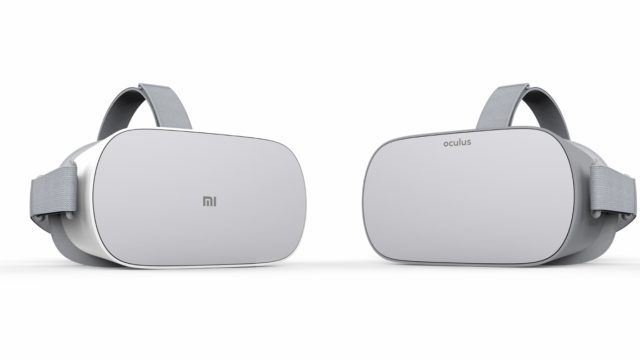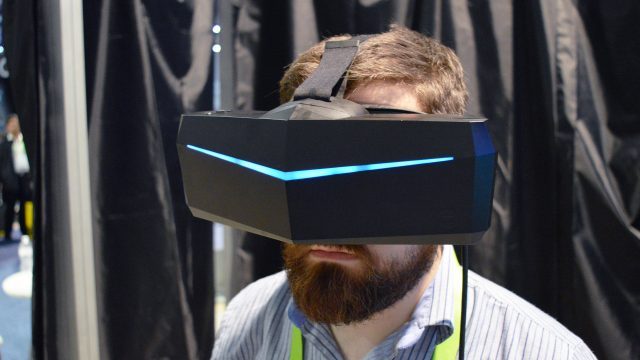Xiaomi-branded Oculus Go

Oculus had no official presence at CES this year, but that didn’t stop the company from making a key announcement: Chinese electronics giant Xiaomi, manufacturer of the Go, will be selling its own branded version of the headset in China, which will be called the Xiaomi Mi VR Standalone. Curiously, the headset won’t run the Oculus store/software, instead it’ll run Xiaomi’s own Mi VR ecosystem. The Mi VR Standalone will be available exclusively in China while the Oculus Go will be available elsewhere worldwide.
What It Means
This is a somewhat curious move which reinforces Oculus’ decision to not officially bring the Oculus brand to China, but still offers a pathway for their hardware to enter the country. Mirroring Facebook’s own position toward the Chinese market, Oculus hasn’t offered any of their headsets for sale in one of the world’s largest markets.
Oculus’ choice to steer clear from China has left HTC to dominate the high-end VR market in the country. With the launch of the standalone Vive Focus headset, and the headset agnostic ‘Vive Wave’ platform, due starting this month, HTC could quickly become the leader and unifier of mobile headsets in China, though Xiaomi will now be battling to prevent that.
Pimax 8K

Pimax, the Chinese startup hoping to deliver a consumer VR headset with an ultra wide field of view and high-resolution, debuted its latest V5 prototype at CES 2018. The company is hot off of a very successful Kickstarter and subsequent $15 million Series A investment. Expectations are high for consumers who have wanted more from the incumbent high-end headsets offering ~110 degree fields of view.
We went hands on with the “8K” headset and detailed a number of issues that Pimax will need to fix before the headset feels market ready. Among them: distracting blurring and reflections (despite an otherwise awesome field of view), insufficient tracking, and questions surrounding ergonomics. With an originally anticipated delivery of the “8K” to Kickstarter backers set for January, it’s likely that we’ll see delays before the headset ends up in backer’s hands.
What It Means
It’s not one bit uncommon to see delays from Kickstarter projects (in fact, it’s almost the norm). So seeing Pimax slipping on the initial backer delivery date isn’t overtly concerning. Evangelists for the headset have high hopes that it will not only deliver an otherwise unavailable level of immersion thanks to the field of view and resolution, but also light a fire under the feet of incumbents headset makers to further push those characteristics on their own headsets.
For that to happen though, Pimax needs to nail the basics (not just get close), especially since it’s one of the most expensive offerings out there. The company doesn’t yet seem to have mastered Valve’s SteamVR Tracking technology that they’ve employed for the headset, and questions remain about what the finished head strap and controllers will actually look like.
If Pimax plans to meet the quality bar set by headsets like the Rift and Vive, we don’t expect to see the headset launch before mid-2018, in order to give the company time to finalize their design, tune up outstanding issues, and sort out manufacturing issues which always seem to crop up during initial production. Kickstarter backers of the headset could see beta/prototype versions delivered in small batches prior to mid-2018, however it’ll likely take some back and forth between backers and Pimax before the headset is truly ready for open sale.
– – — – –
Overall, our sense from CES 2018 is that the VR industry is beginning to heat back up after a mid/late 2017 lull where there was little concrete info about new hardware on the horizon. VR has a long way to go toward creating immersive, frictionless, comfortable and affordable headsets to act as the foundation of the many virtual worlds now available to users; new announcements from CES 2018 paint a clearer picture of that ongoing evolution, with a number of exciting advancements launching in the next six months.






